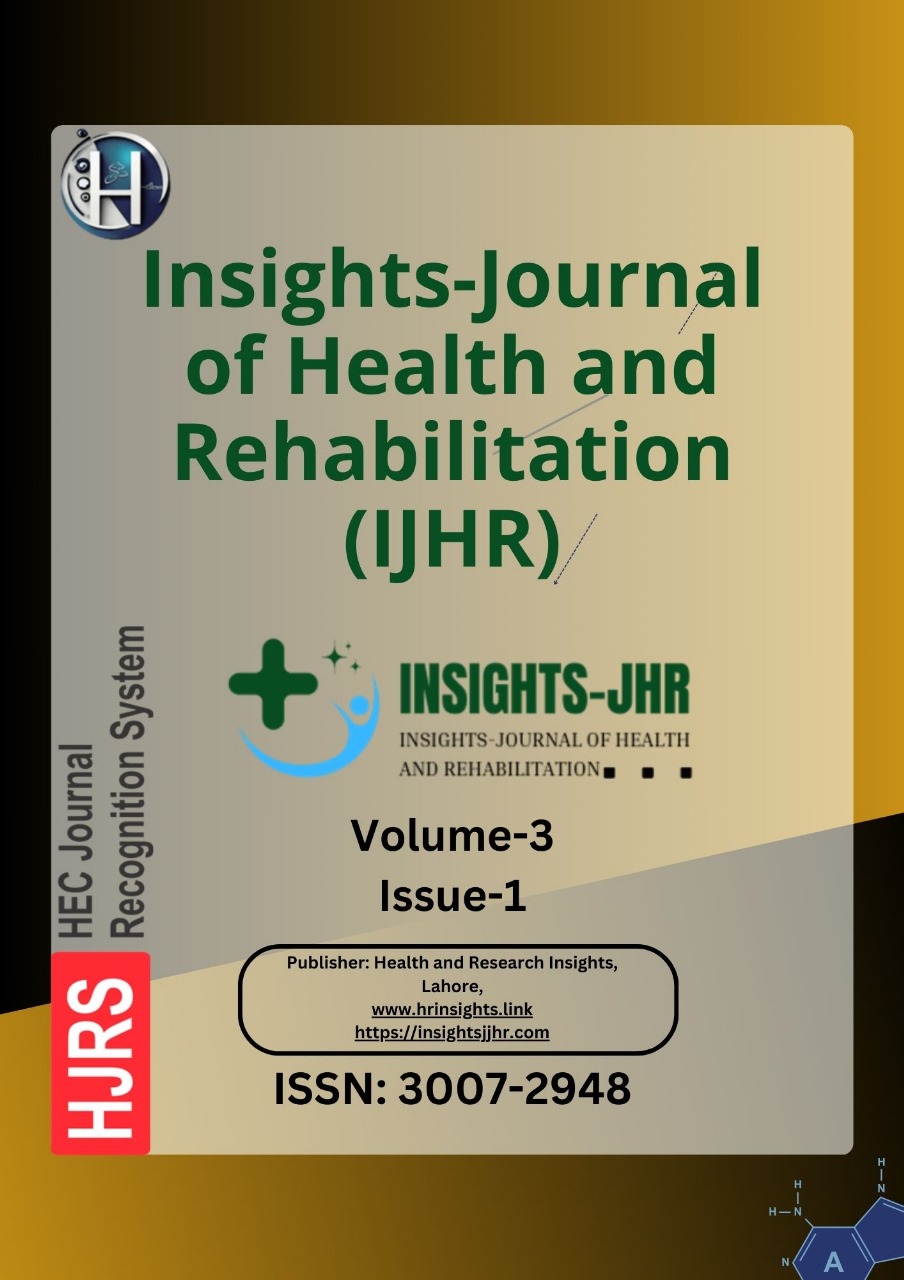INTEGRATING CANCER GENETICS WITH METASTATIC BIOMARKER DYNAMICS: MMP-2, AND MMP-9 IN BREAST CANCER PROGRESSION AND DISEASE MANAGEMENT
DOI:
https://doi.org/10.71000/y6dmep05Keywords:
Angiogenesis, Biomarkers, Breast Neoplasms, Gene Expression Profiling, Metastasis, Therapeutics, Tumor MicroenvironmentAbstract
Background: Breast cancer is one of the leading causes of cancer-related morbidity and mortality globally, with its metastatic nature contributing significantly to poor clinical outcomes. Identifying reliable plasma biomarkers associated with angiogenesis and metastasis is crucial for improving early diagnosis, disease progression monitoring, and therapeutic interventions. Matrix metalloproteinases, particularly MMP-2 and MMP-9, play pivotal roles in tumor invasion and metastasis, making them potential candidates for biomarker development.
Objective: This study aimed to determine the plasma expression levels of MMP-2 and MMP-9 in breast cancer patients and assess their association with clinicopathological variables to evaluate their potential as biomarkers for advanced disease assessment.
Methods: A total of 116 breast cancer patients and 24 healthy controls were included in this cross-sectional study. Peripheral blood samples (5 ml) were collected in EDTA tubes, followed by RNA extraction using TRIzol reagent. High-quality RNA was reverse transcribed into cDNA, and gene expression levels of MMP-2 and MMP-9 were quantified using RT-qPCR. Expression levels were analyzed in relation to tumor grade, molecular subtypes, and disease stages. Statistical analyses were performed using GraphPad Prism 9, with significance set at p < 0.05.
Results: MMP-2 and MMP-9 levels were significantly elevated in breast cancer patients compared to healthy controls. MMP-9 expression was highest in grade 3 tumors (p = 0.0104) and showed an increasing trend with advanced TNM stages (p = 0.0345). MMP-2 expression was significantly associated with stages III and IV (p = 0.0373) and was elevated in aggressive subtypes, including HER2-enriched and triple-negative breast cancer. Observed expression levels correlated strongly with clinicopathological variables, including tumor grade and molecular subtype.
Conclusion: The increased plasma expression of MMP-2 and MMP-9 highlights their role in breast cancer metastasis and angiogenesis. These biomarkers show potential for use in disease severity assessment and therapeutic targeting, offering prospects for improving breast cancer management.
Downloads
Published
Issue
Section
License
Copyright (c) 2025 Maria Sardar, Muhammad Farhan Mukhtar, Ayesha Muddasser, Akrama Ehsan, Muhammad Arsalan (Author)

This work is licensed under a Creative Commons Attribution-NonCommercial-NoDerivatives 4.0 International License.







